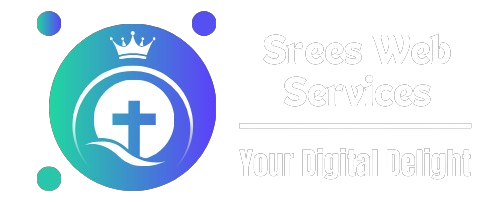Introduction
In the fast-paced digital landscape, capturing and retaining your audience’s attention is more challenging than ever. Visual content has emerged as a crucial element in digital marketing, enabling brands to convey messages more effectively and engage with their audience on a deeper level. This article explores the importance of visual content, its various types, benefits, and best practices for creation.
Types of Visual Content


Images
Images are the most common form of visual content. They include photographs, illustrations, and graphics. High-quality, relevant images can significantly enhance your content’s appeal and effectiveness.
Videos
Videos are incredibly versatile and engaging. They can range from short social media clips to long-form content like webinars and tutorials. Videos are excellent for storytelling, demonstrating products, and connecting emotionally with the audience.
Infographics
Infographics combine data and visuals to present information in a clear and engaging manner. They are particularly effective for simplifying complex information and making it more digestible.
Benefits

Increased Engagement
Visual content is more engaging than text alone. It captures attention quickly and encourages users to interact with your content. Posts with visuals receive significantly higher engagement on social media platforms compared to text-only posts.
Better Retention
People remember visual content better than text. Studies have shown that users retain up to 65% of information when it is paired with relevant images, compared to only 10% with text alone. This improved retention helps reinforce your brand message.
Higher Shareability
Visual content is more likely to be shared on social media. Infographics, videos, and striking images encourage users to share your content, expanding your reach and increasing brand awareness.
Creation Tips


Best Practices for Creating Visual Content
- Know Your Audience: Understand the preferences and interests of your target audience to create visuals that resonate with them.
- Use High-Quality Images: Ensure all images and videos are high-resolution and professional. Poor-quality visuals can damage your brand’s reputation.
- Maintain Brand Consistency: Use consistent colors, fonts, and styles that align with your brand identity. This helps build brand recognition and trust.
- Keep It Simple: Avoid clutter and focus on clear, concise messages. Overly complex visuals can confuse the audience and dilute your message.
- Optimize for Different Platforms: Tailor your visual content to fit the requirements of various platforms, such as social media, websites, and email newsletters.
- Include a Call-to-Action (CTA): Encourage users to take the next step, whether it’s visiting your website, making a purchase, or sharing your content.
Conclusion

Visual content is a powerful tool in digital marketing, offering numerous benefits from increased engagement to higher retention and shareability. By understanding the different types of visual content and following best practices for creation, businesses can effectively leverage visuals to enhance their marketing efforts. Embrace the power of visual content to connect with your audience, convey your message more effectively, and achieve your marketing goals.
Start incorporating more visual content into your digital marketing strategy today and watch your engagement and conversions soar.









